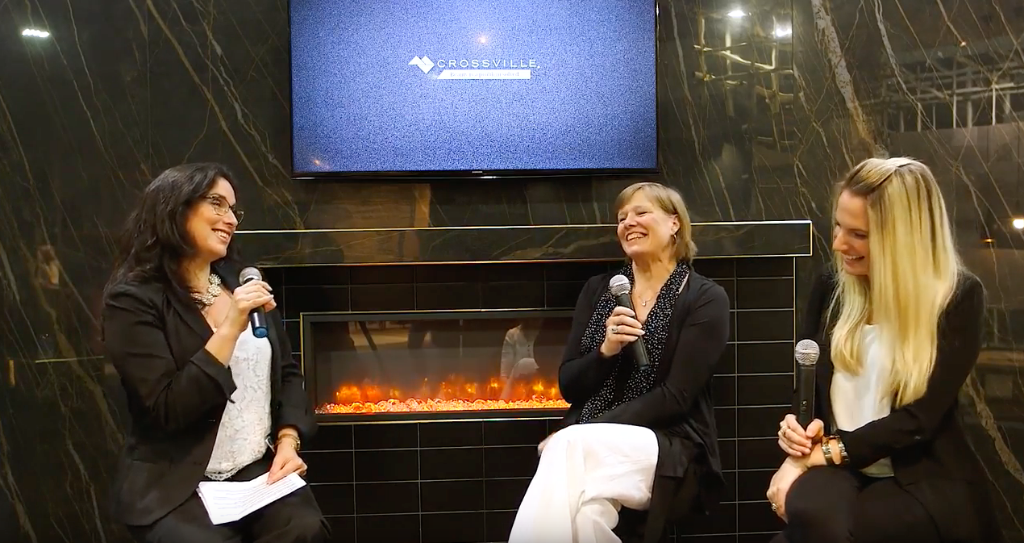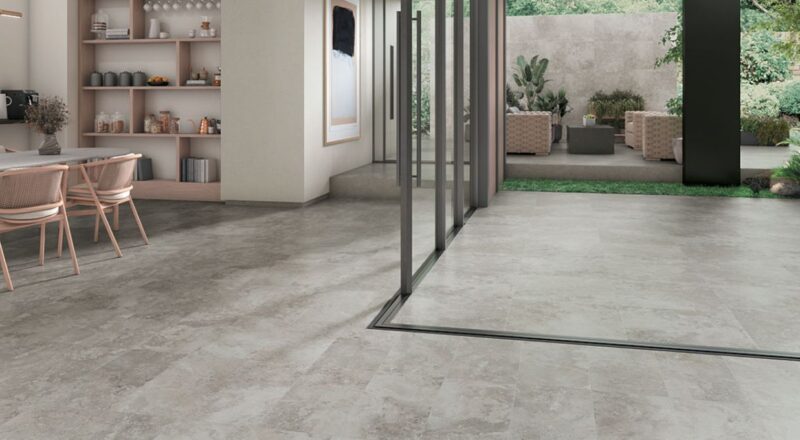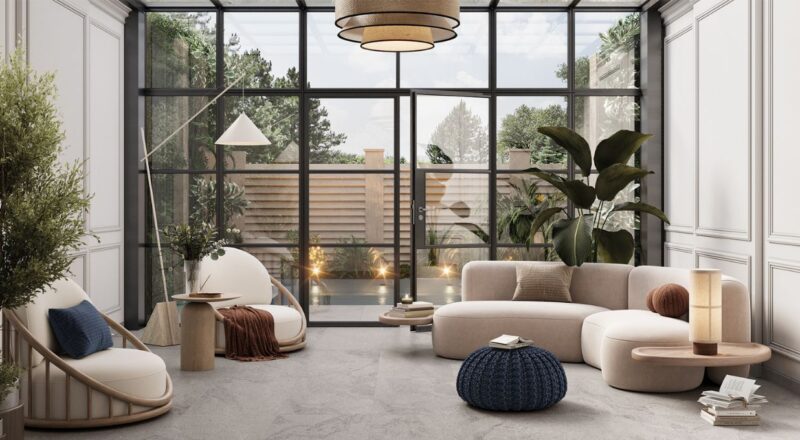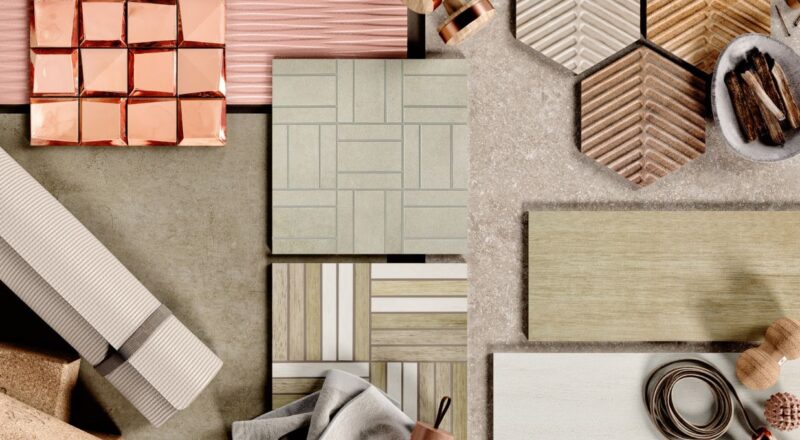Commercial projects typically have a longer life cycle and require a somewhat different approach to product planning and design than residential projects. At the recent Coverings expo, it was Crossville’s pleasure to host two noted Atlanta-area commercial interior designers, Louise Labus, associate principal at Collins Cooper Carusi Architects, and Shelly Atilla, Project Manager at May Architecture and Interiors, to discuss everything from the evolving role of tile in their projects to design challenges, like how technology impacts the process and what trends they are ready to see end.
Traditionally, the commercial market has been very segmented with vertical industries, but both designers noted that has changed in the last few years, and products that were noted for a particular segment have really started blending through all industries more. Louise noted, it “makes designing more fun because of the options for products in all market segments.” Shelly also noted that this change has “everyone working together to respond to the market needs and demands faster.”
Both designers also commented not only on the change of vertical markets but on the relationship between the architecture and design community with product manufacturers. Shelly explained that designers and manufacturers are after the same goal of quality products and solutions to meet our clients’ needs; therefore, we have to have honest and real conversations about what the products can and can’t do. Shelly finds it helpful to be able to provide feedback to manufacturers about the products they bring to market.
In light of the increased communication between designers and manufacturers, Louise also expressed the importance of manufacturers detailing their products wellness and environmentally friendly attributes. She explained that it is difficult as a designer to stay on top of all the certifications for products, “but it’s very important for us to be taking care of the environment and the products we specify are a part of that process.”
Technology has played a large part in helping to specify more environmentally friendly products, and it also impacts every phase of design. Technology has helped in the way projects are viewed with 3D modeling and photorealistic renderings, but both designers noted that good design doesn’t change, as there are still basics that must be adhered to like layering fundamentals. And even though technology has enabled manufacturers to better convey product information, both designers still utilize products samples in their selection process because color tones and textures are difficult to truly analyze on a screen.
Even though technology has helped clients better understand the projects, technology has at times made designing more challenging as timelines have been compressed. Shelly noted that time is the biggest design challenge, and, as designers, they have to be more agile and responsive. Technology has changed how we interact with clients but we have to be more understanding and compassionate to be able to meet the ever-challenging deadline driven needs of each client.
Check out the entire interview to hear more wisdom from these designers, including how they are blending the large format porcelain panels into their commercial projects, what their all-time favorite Crossville products are, and what they believe will be the next challenging demand for designs in the next twelve months.





